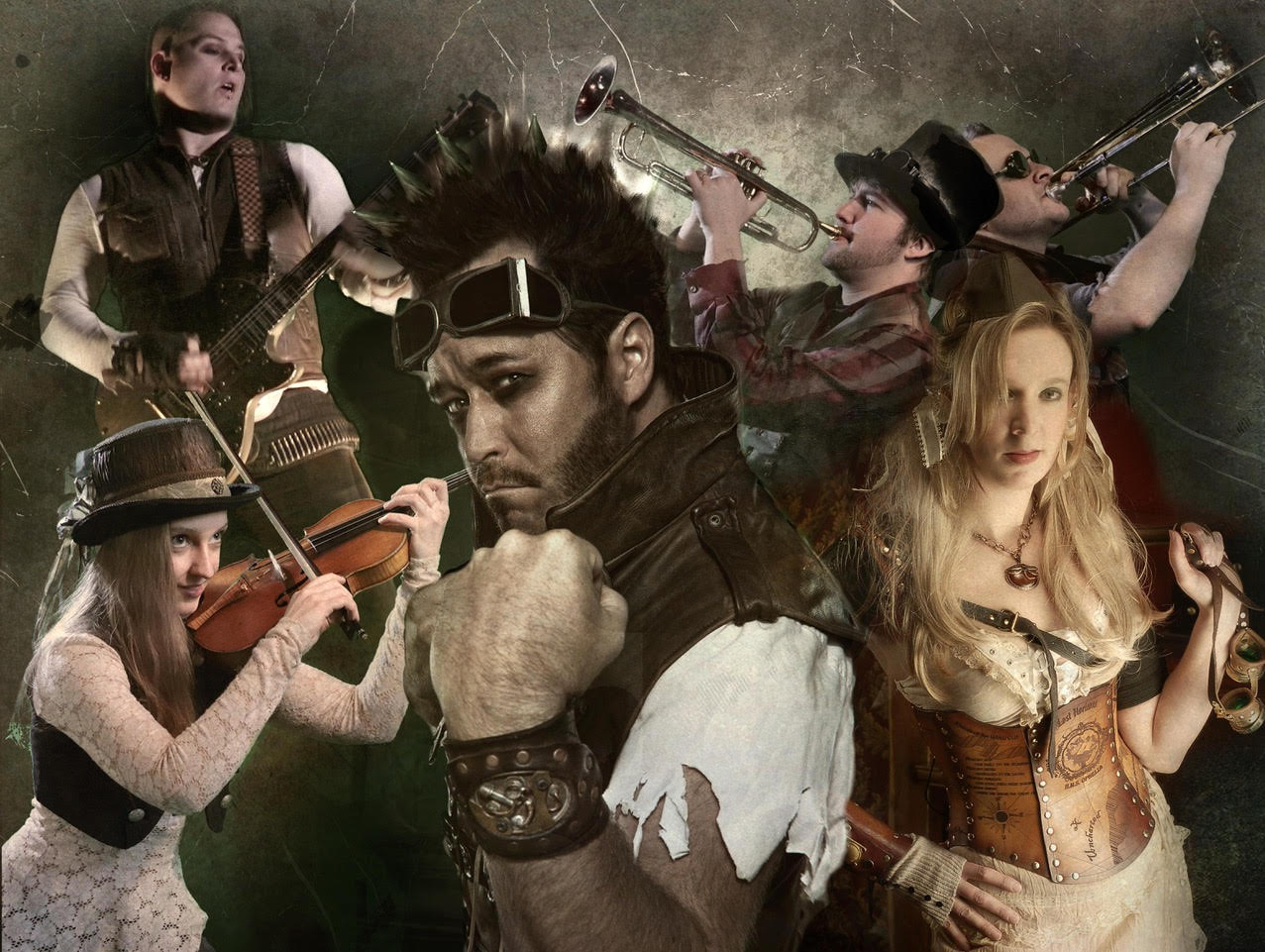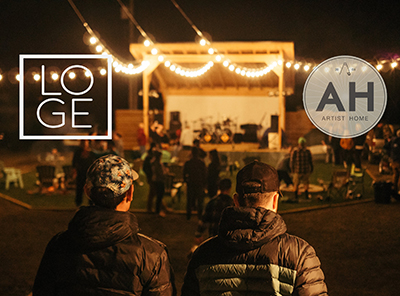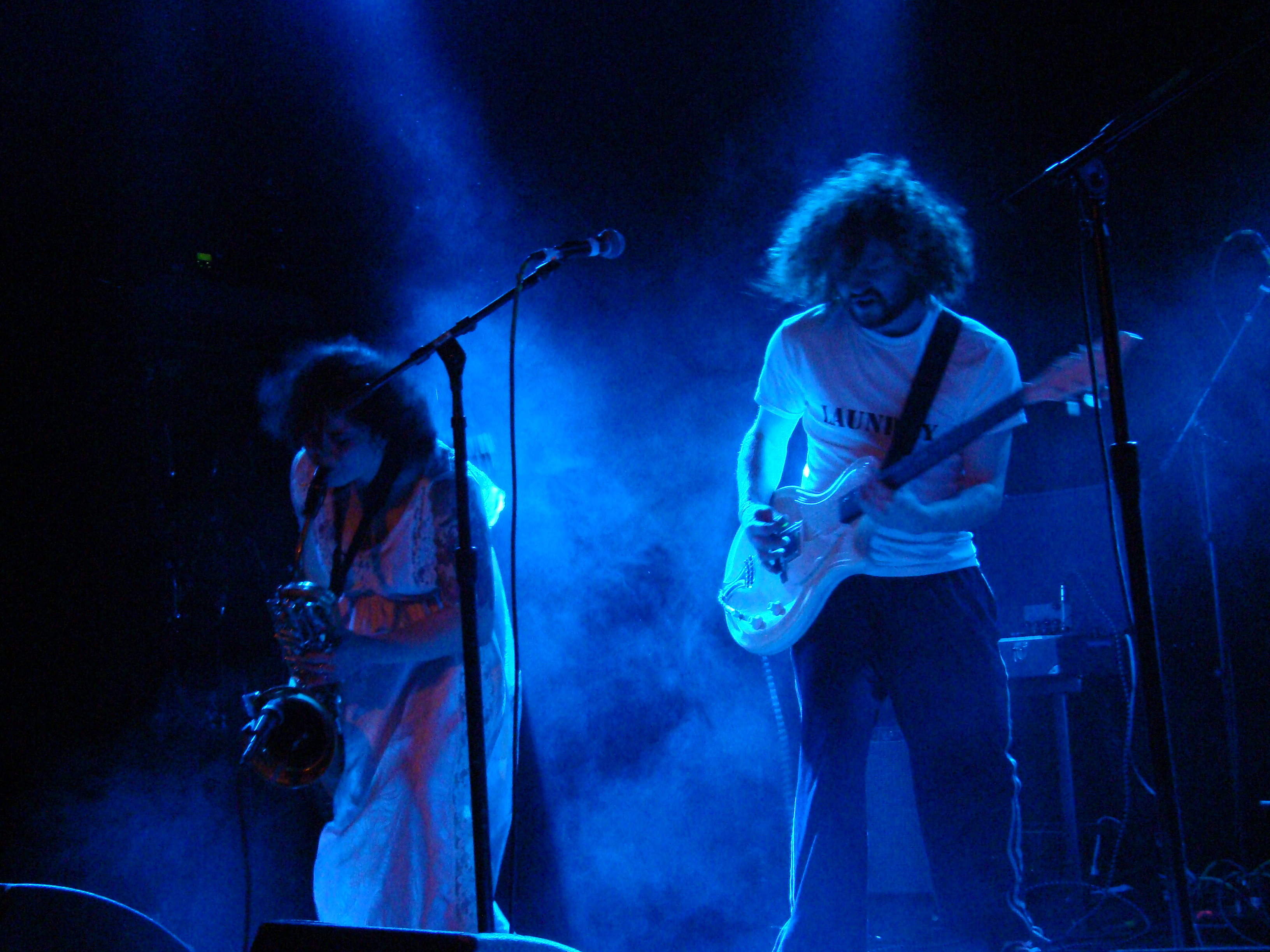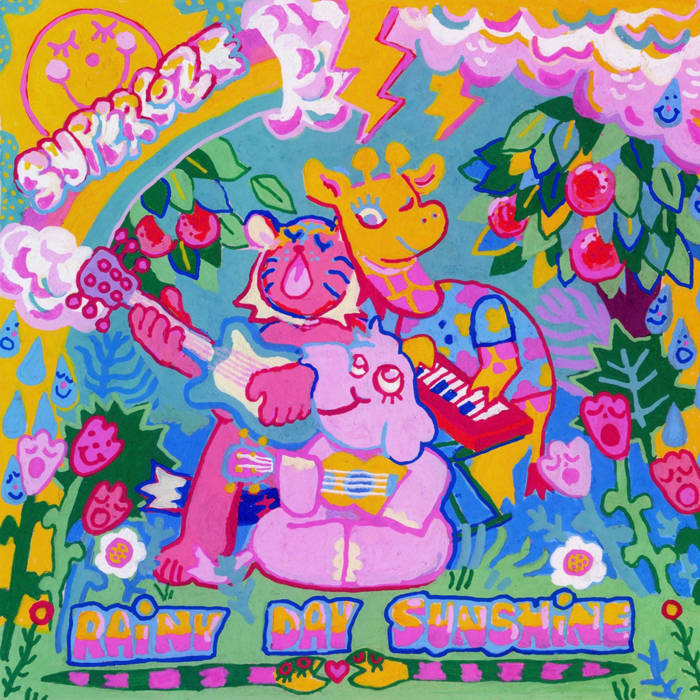Most people have at least heard the term “steampunk.” But most people have no idea what the term means – myself, until about two weeks ago, included. Someone who absolutely knows what the word means (incidentally, it’s a sub-genre of science fiction set in Victorian era or Wild West times) is Robert Brown, who many say invented the idea.
Brown, also known as Captain Robert, created whole worlds and myriad characters to inhabit them and these real-world-though-fictional creations make up the stories in the songs he plays with his band, Abney Park. Men with mechanical hearts, pirates flying through the sky in planes or hot air balloons, wars between robotic tribes – these are his artistic manifestations. To discuss these worlds, we caught up with Brown and asked him about the origins of steampunk, and how he came to love it.
What was your first entry point into steampunk literature?
Sherlock Holmes. It’s not technically “steampunk,” but certainly the aesthetic is. I read those stories as a boy and I even had a huge tome of [Arthur Conan] Doyle’s contemporaries’ mysteries that I read over and over.
What about the world – this futuristic and post-apocalyptic Victorian era and Wild West style – kept your interest and inspired you?
There is a sense of adventure in steampunk that simply doesn’t appear in any other genre. It’s physical and relatable, and that makes the adventure seem more real to me. For example, take sci-fi like Star Trek or Star Wars. The technology is so fictional-feeling; it’s hard to understand how to emote to it. If the hero’s space vehicle hovers, it’s because of reasons you don’t understand. Because you don’t understand it, you don’t really know how you should react if something bad happens. If Luke Skywalker was driven off a cliff in his land speeder, would he be fine when it hit the bottom, or crushed? How about a speeder bike? If you don’t know what could happen, why would you worry?
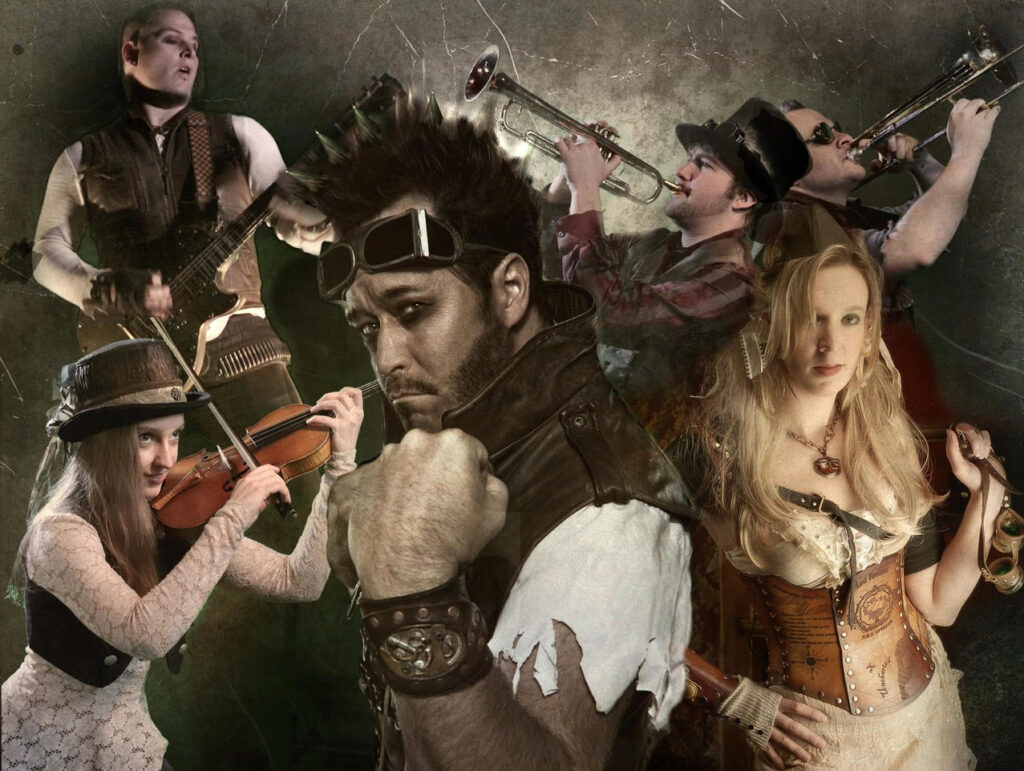
With Steampunk it’s typically understood, because it’s often technology we already know about. If a massive tall ship is tied under a hot air balloon, it’s pretty clear what would happen if that balloon burst into flames. With nonfiction, or course, you are likely to understand the ramifications of any action since you live in that same world. But non-fiction can only touch on real things and since we have seen all the real things, more or less, it’s less interesting. Steampunk, on the other hand, has all the fantastical elements while existing in a relatable world.
What were the early challenges of establishing a new music style, did you receive much criticism?
Yes! It was funny; we were told again and again that I couldn’t just invent a new subculture. A few years later, when the scene was established, I was told it would never be a “known” thing. Even MTV host, Kurt Loder, joked that it would never catch on. Ironically, he was dressed steampunk while saying this. Yet now steampunk is a household world.
You traveled a lot as a young person with your Anthropologist mother. How do you think seeing the world affected your aesthetic and early creativity?
Earlier on, before taking on the definition “steampunk,” I was really just making a huge amalgamation of different music styles from around the world and blending them with the anachronistic aesthetic that defines steampunk music. I think when you grow up traveling, you see such a broad view of the world and then you think that nothing seems too outlandish to be included. That broadened perspective makes it more likely you make unconventional music choices!
You moved to Seattle from the U.K. in 1997. How did the city’s environment – musically and otherwise – influence the maturation of Abney Park?
Honestly it was counter-productive. Seattle was just entering the grunge rock era that was defined by aggressive growled vocals, distorted guitars and heavy drums. Seattle wasn’t excited about my blend of world instruments, synths, orchestra and swing sounds. We actually got big outside Seattle, long before Seattle embraced us, if they even ever did.
What did you see people particularly respond to with your music as you grew your fan base?
Certainly it’s easy from the stage to see fans connect with the upbeat, exciting music. But over the years it was the lyrics that I think got the fans to stick. The stories excited them, but they could sense there was something deeper then just sci-fi pulp. Fans would connect emotionally to metaphors and allegories and equate them to their own personal histories. When I meet fans, I hear a similar story again and again, like, “Your lyrics helped talk me out of my darkest depression.”
How did you get the idea to write your first novel and to create the band myth?
The songs I write have always been allegories. They are my own life, disguised, to help understand and deal with things that are happening to me. For example, when my father was diagnosed with cancer, I wrote a song about a mechanical man with a broken gear in his chest. This man was afraid to remove the gear, as it might kill him, but afraid to leave it be. It’s easy to think about a sad robot then your father dying.
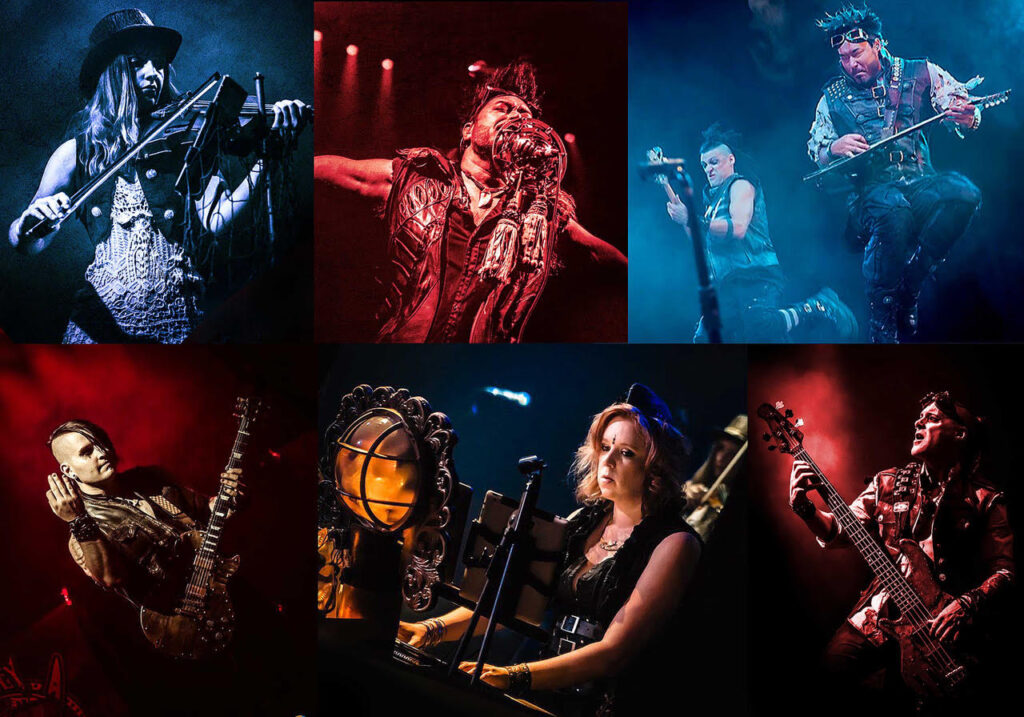
And I’d reuse these metaphors song after song: if I wanted to talk about the band, I sang about airship pirates. Automatons were always my father, or my own struggles, and so on. Over the years, fans would recognize these characters weaving in and out of songs. They said it seemed like they were hearing songs from some epic saga. So, I sat down and wrote the stories as if they had not actually just been my own pain, disguised.
There are such elaborate, ornate costumes and set pieces in your work. Is being a steampunk artist particularly difficult to manage – even financially?
Oh, yeah. It’s an additional layer of challenge that many other artists don’t have to contend with. EVERYTHING has to look the part but also still function. It’s expensive, time consuming, and something is always breaking!
Dancing is a major element to steampunk music. What do you love about getting people to move at shows?
It’s great to be able to see the audience show their level of appreciation throughout the entire show. If I get them to dance, I know we are killing it. If I was in a band with mellow music, I’d have to wait until the end of the song to see if fans liked it. How excruciating the worry!
What does participating in steampunk art offer you today that’s indispensible?
Escape. I don’t participate in steampunk culture so much as I – and all the other steampunks – escape to it in solitude, only to all end up in the same place together. We are rebels, running from a modern life that is both terrifying and bland. To escape, we run to this vintage-futuristic utopia of adventure. And while we hide in this fictional world we created, we find we are not alone. There is a whole family, a whole community of escapists hiding with us and expanding the world we enjoy.

